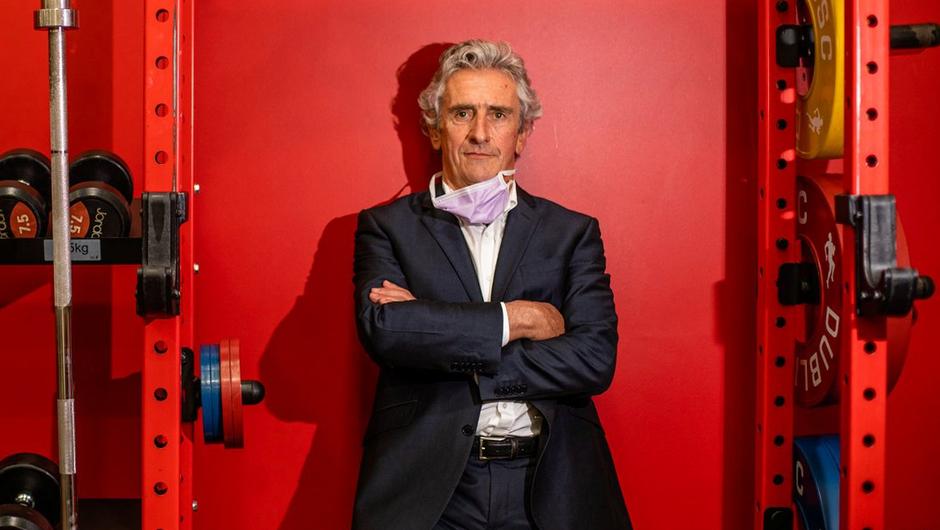Read this Article with Mr Ray Moran, Consultant Orthopaedic Surgeon & Medical Director of UPMC Sports Surgery Clinic.
https://www.thesun.ie/sport/gaa-football/10694989/female-athletes-knee-ligament-injuries-ray-moran/
This article was published in the Irish Sun by Andrew Ryan.
|
Mr Ray Moran – brother of former Ireland and Man Utd star Kevin Moran – explained to SunSport: “A lot of the early data came from American female soccer players because it is huge over there.
There is clear data that shows the number of incidents per hour played would be about four times as frequent as fellas. Moran has treated copious amounts of high-level athletes, studiously examining and theorising the rate of incidents and the reasons behind them. The most credible theory, from his perspective, boils down to biology.
BODY LOGIC
He explains: “If you look at the male shape and female shape standing together, men are pretty much up-and-down, whereas women, because their hips are set further apart at the pelvis for pregnancy and babies and things like that, that is what we call a valgus alignment.
If you jump and land on that when it is already bending inwards, the moment of bending further is even greater. It is a very fundamental structural biological reality that you are aligned like that. It must play a fairly big role because with fellas, when you jump and land or change direction, it is an inward movement of the knee. If your anatomy is already aligned to move inward, it is hardly surprising that you are going to end up with increased risk. There are other areas that are mentioned, like hormonal and stuff like that; it is not as clear cut. There is some speculative stuff about ligaments being a bit more lax at various stages of the menstrual cycle, but I think the structural one stands out to me. Moran says that recovery time is largely consistent between the genders – ranging from six months to a year. Meanwhile, he documented the kind of programmes he often prescribes to patients in their rehabilitation. He also suggests that these same programmes can be used by players to mitigate the risks, even if they cannot be eliminated entirely. These include neuromuscular balance training and muscle strengthening. He adds: “We do testing here at four months and eight months, roughly speaking, after ACL reconstructions. The first thing we do is test the strength of the hamstrings and quads, and you compare the opposite side and normal values in relation to it. We have got a spread of the average and what the top 1% are at and all the rest so they know what to aim at.
There is also functional testing where, at the four-month test, we don’t want to do rotational stuff, so we would be doing jump, hop, and land and control. When we do the second test at about eight months, it is full on. It is a dress rehearsal for the return to function. We can advise at each of those stages what the changes to make are to their programme, feed that data back to their own physio, and we have fairly good data to show that the re-entry rate can be held to a very civilised level by following the programme. The influence of those programmes can apply to pubertal kids because young teenagers are quite prone to it as well. You will never get rid of the risks, but you can minimise them as best you can. You do it for males and females, but the need for it is greater for females because the risk factor is higher.”
WORK IN PROGRESS
Ray Moran stresses that risks of sustaining knee ligament injuries will not be avoided outright; however, as sports science continues to evolve, he is confident knowledge of how to mitigate against those factors will grow in tandem. There is a fair amount of input at a medical and paramedical level with teams nowadays. I think it is evolving all the time.
I think the use of a physio, probably the use of an A-tier athletic therapist as well, to advise with regards to preventative measures as part of a training programme is an area that is evolving and will continue to evolve as we move forward. It is strong in the States, and I think it is going to get stronger here as well. It will always be there, but it is incumbent on us to minimise that risk going forward.”










